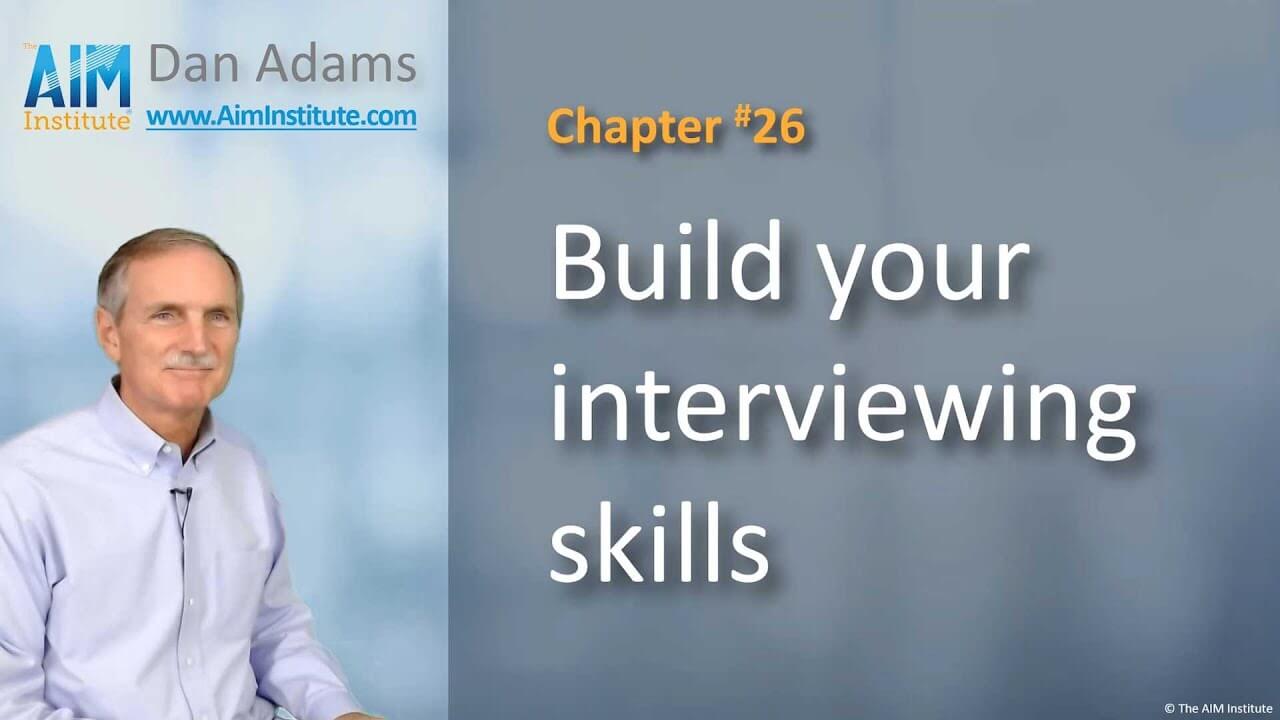B2B Organic Growth Series: Chapter #26
Build your interviewing skills

Subscribe to the series. Get 50 free videos, sent daily or weekly.
Great B2B interviewing requires new skills, e.g. AIM’s “What and Why” method and economic probing questions. Use these to gain impressive customer insights and engagement.
b2bgrowth.video/26 Video length [2:25]
Transcript of Chapter 26
In the last chapter, I said B2B interviewers should forget their questionnaire, and let customers lead the interview. You keep asking “What else?”… and customers keep giving you their desired “outcomes.”
Hard to imagine? Think about your last brainstorming session. Someone gave an idea… it was recorded… the facilitator asked, “What else?… and someone gave the next idea. Now picture brainstorming as a customer interview, and add in strong probing skills.
Imagine your company makes paint ingredients, your customers make residential paint, and you’re conducting a qualitative Discovery interview. To continue our brainstorming analogy, you record outcomes on sticky notes, and use The AIM Institute’s “What and Why” probing method.
For instance, the customer says, “We’d like the paint to have better scrub resistance”…and you ask a “What” question: “Can you describe this?” They say, “Homeowners want to remove stains without removing the paint”… and you ask, “What kind of stains?”… and the customer responds.
After a while, you move to “Why” questions,” like, “How does this impact you?”… and the customer tells you. Another “Why” question might be, “How would fixing this help?”…causing the customer to tell you even more.
When you’re done with this outcome, you simply ask, “What else?” and move on to the next sticky note. You continue asking Observation questions and Implication questions for each outcome.
You should also ask economic probing questions, specifically, “How often?… How long?… and How much?”
If customers complain about needing to remix paint, you could ask, “How often do you have to remix?… How long does this take?… and Who does this?”… to calculate the hourly cost. You need this information to calculate the value you could bring later with your new product.
You’re not going to master B2B probing in this short chapter, but here’s the point: You don’t need a brilliant list of questions to ask B2B customers. You just need to brilliantly probe whatever they tell you.
Comments